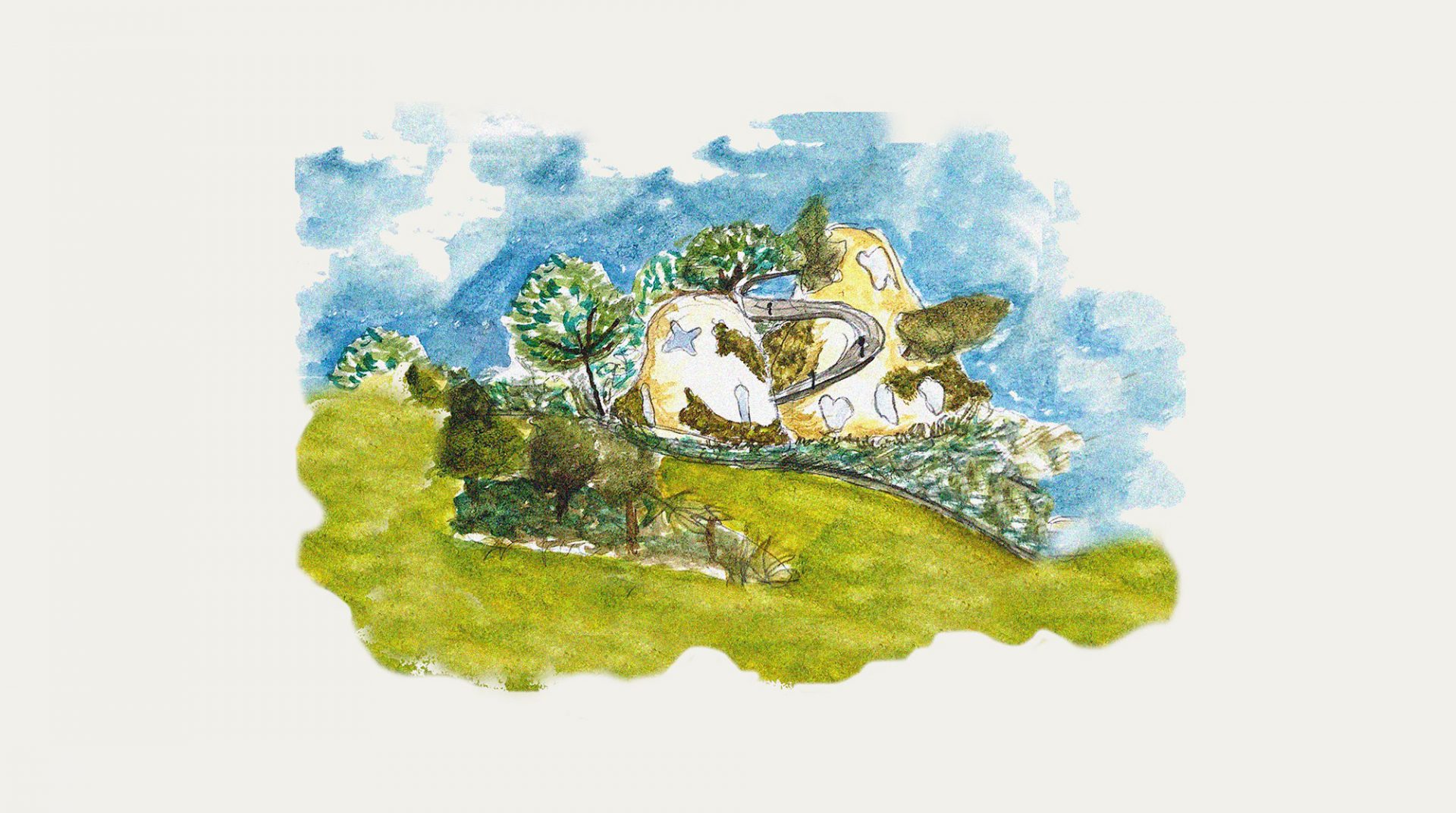DS 2.4
Tutors
Eric Guibert
e.guibert@westminster.ac.ukEric Guibert is a gardener architect. He researches through his practice how the design of built and grown architectures can nurture and express dynamic relations between humans and their ecosystems, and ways of creating with their emergence to enhance their resilience.
Read More...Anthony Powis
mail@anthonypowis.comAnthony is an architect and researcher. He previously worked at muf architecture/art and is currently completing a Ph.D.u2014u2018Thinking with Groundwater from Chennaiu2019u2014as part of the Monsoon Assemblages project at Westminster.
Read More...Guest Critics
Andrew Ó Murchú – BothAnd Group
Carl Reid – Pilbrow and Partners Architects
Daniel Berende
Duarte Santo – Cornell University
Ed Wall – University of Greenwich
Hwei Fan Liang – Ravensbourne & ACAN
Inês Neto dos Santos – multi-disciplinary artist
Jenny Kingston – MUF
Kate Jordan
Keb Garavito Bruhn – founding partner at Pilbrow and Partners Architects
Kester Rattenbury
Lee Jesson – Thursday Works
Oscar Mather –Lynch Architects
Paolo Zaide
Philip Longman
Thanks
To Colleen Myles (editor and co-author of Fermented Landscapes) and Inês dos Santos (multi-disciplinary artist working with food fermentations) who generously shared their knowledge of fermentations in relation to landscape and social practice during our seminar. Inês also ran a mapping workshop during which the students created intuitive readings of the site through the fermentation lens.
Read More...Pursuing our investigations in the architecture of emergent processes and living systems, this year we challenged our students to develop Fermented Architectures. We have understood fermentation both literally – as production facilities based on microbiological processes – and as metaphor for regenerative design – the projects are lively catalysts that nurture the resilience of their socio-ecosystem. We have shifted throughout the year between ecological scales, exploring how they shape each other: microbial processes, the human activities they are based on and the socio-political structures they reflect, the buildings that host them, and the landscape where key ingredients are produced. The architectures negotiate and provide the various environmental needs of different stages of fermentation, animals and plants, and that of human comfort, in relation to climate. Walls are conceived and developed as ecotones – interfaces between ecosystems – which are inhabited by humans and other life. The agroforestry landscapes care for the soil and form habitats and corridors for wildlife. The buildings are compostable, made of grown and locally found materials that can be digested by the ecosystem to return to the ground. These Fermented Architectures have proven to be earthy and systemic and have led us to conceive complex interactions between multiple species across scales.
Read More...



















